Red Wolf: An Attempt to Save a Species from Beyond the Brink
When settlers arrived in what is now Virginia, they were greeted by a host of previously undiscovered animals. Virginia was once home to bison, mountain lions, wolves, elk, and a host of other species that have since been driven from the state or driven to extinction. Among those species, was the Red Wolf.
The red wolf is the only wolf species whose former range falls entirely within the United States (map below). These canids served a crucial purpose as top predators, controlling the populations of prey species in their native range. Unfortunately, as humans expanded, we began killing the wolves off, afraid they would attack our children, pets and livestock. By the mid-1900’s, they had been driven almost to the point of extinction.
Without predators keeping them in check, coyotes began to thrive, their range now spreading further eastward. Ironically, while the wolves very rarely attacked people or their livestock, the coyotes rapidly became a problem species, often resulting in negative encounters with humans. As the coyote population skyrocketed, they began interbreeding with the few remaining red wolves. By the late 1960’s, conservationist began pulling the last remaining red wolves from the wild in an attempt to save the species. They began testing their DNA, to determine which wolves were still genetically “red wolves”. In the end, only fourteen red wolves were saved. The species was declared extinct in the wild in 1980.
Normally, this is the end of the story for a species, but the red wolf’s tale begins here. Believing the species could recover with assistance, the surviving captive red wolves were prepared for reintroduction to the wild. The first site chosen was the Alligator River National Wildlife Refuge on the Albemarle Peninsula in North Carolina. The site showed great promise; abundant food sources for wolves, no coyote presence to muck up their genetics and little human activity. In 1987, the wolves were released into the refuge, and two years later, a second population was released into Great Smokey Mountains National Park (these were later relocated to the Alligator River site). Between the years of 1987-1994, 63 red wolves were released into the wild, and by 2012, there were 100-120 individuals living in the wild.
Unfortunately, red wolf population began dropping back down not long after. During coyote hunts (approved by the Fish and Wildlife Service), red wolves were being killed due to misidentification or simply a lack of care. Local farmers began requesting permission to kill the wolves, once again believing them to be a threat to their livelihoods (however, nearly all canid attacks on livestock in the area resulted from coyotes, while red wolves preferred to stick to their natural prey). By 2015, the wolf population had dropped back down to only about 50-75 individuals.
The Red Wolf Recovery Program is now under review by the Fish and Wildlife Service, due to the pressure put on them by the local communities. Since 1987, the program has given wolves the opportunity to reestablish themselves in their native ranges, but that may be coming to an end. THIS MONTH (September), the FWS is expected to make a decision on whether or not they will be ending the program. If the program is called to an end, the wolves will go extinct for the second, and final time.
This is the critical moment for this species. With the help of conservation efforts, we CAN bring back the red wolves, proving that we can save species not only from the brink of extinction, but from beyond. The Red Wolf Recovery Program has been active for nearly 40 years, but sadly that chapter may be about to close, and we will lose one of Virginia’s historic predators. What does the future hold for the red wolf (and other endangered/extinct species)? This decision will mark a defining moment in the history of conservation, proving that we must make a choice whether or not we want to save these amazing animals!
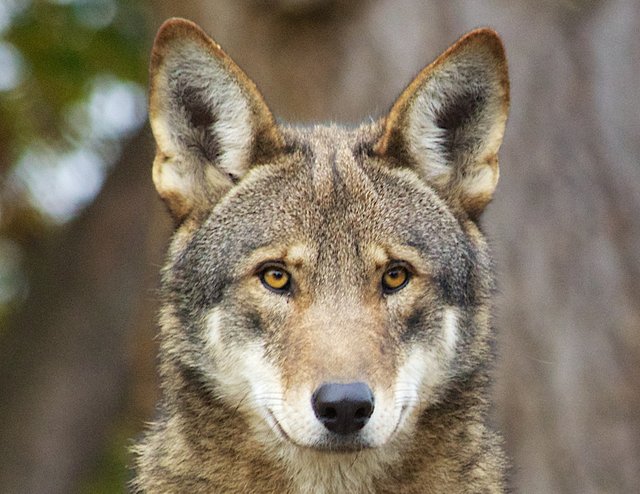
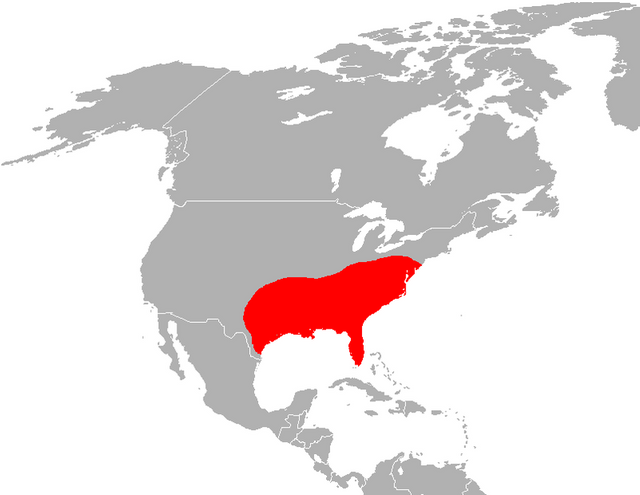
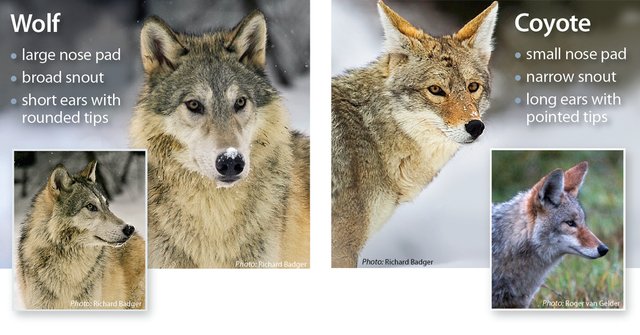
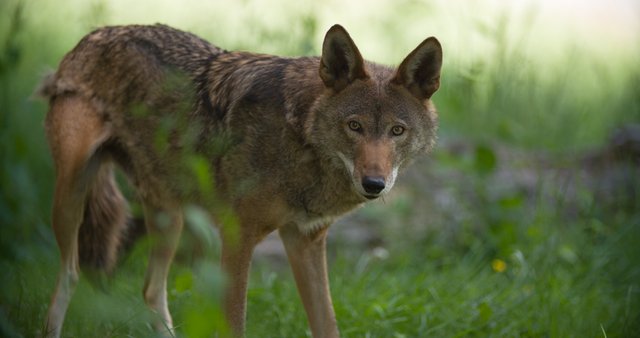
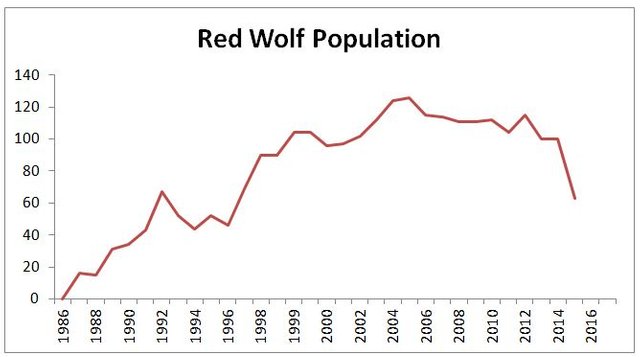
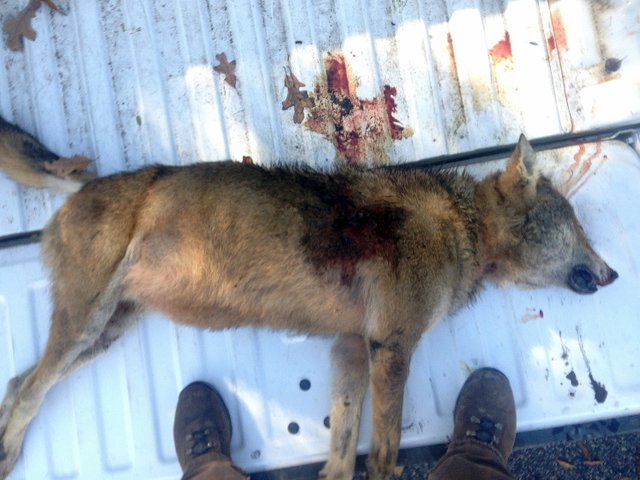
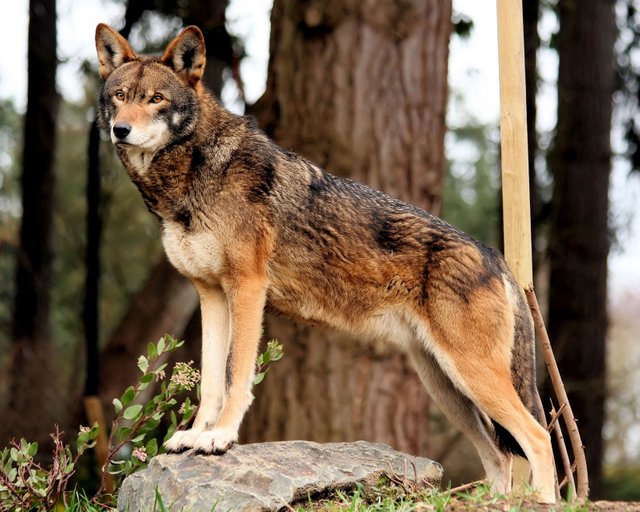
Hello @herpetologyguy,
The @robinhoodwhale initiative has chosen your post as one of our top picks for curation today.
Learn more about the Robinhood Whale here!
Please keep on Steeming more great blogs!
Goodluck!
~RHW~
Thank you for the support! I will continue to roll out the best material that I can! I'm glad to see my material is being received well!
Very intersting, thanks! Correct year pls >> By the late 1600’s , conservationist began pulling the last remaining red wolves from the wild in an attempt to save the species
Oh my! Thank you for the correction!
Several were released on bulls island in Charleston SC as well
I totally forgot to include that in my final draft! Yes, the Bulls Island release was the original test whether or not the species could be reintroduced and is perhaps the most important release! Thank you for the catch!
I grew up spending countless days on Bulls Island ;-)
A truly magnificent animal indeed.
Beautiful animal. It would be sad to lose them.
Nice one man enjoyed it. Your posts are great :)
Upvoted! this article should be more popular!
yes a great subject !! I love wolves, a majestic intelligent being with just incredible social attributes !! We have alot to learn i feel from them !! A revered spirit in American Indian Mythology, not without reason !! thank you for this cry for help !!
No sale, no killing.
I do hope you get this message out to the communities, so many people have lost touch with the natural environment as to not understand the importance of such animals and the part they play in eco-systems. We had a nest of bees that came to community centre but because of the lack of understanding people assumed they where wasps and stated wanting rid because they might swarm and stings kids in a school not so far away, lucky I called in an expert who correctly identified the bees as no threat, but just trying to get over to people the importance of bees is hard struggle.